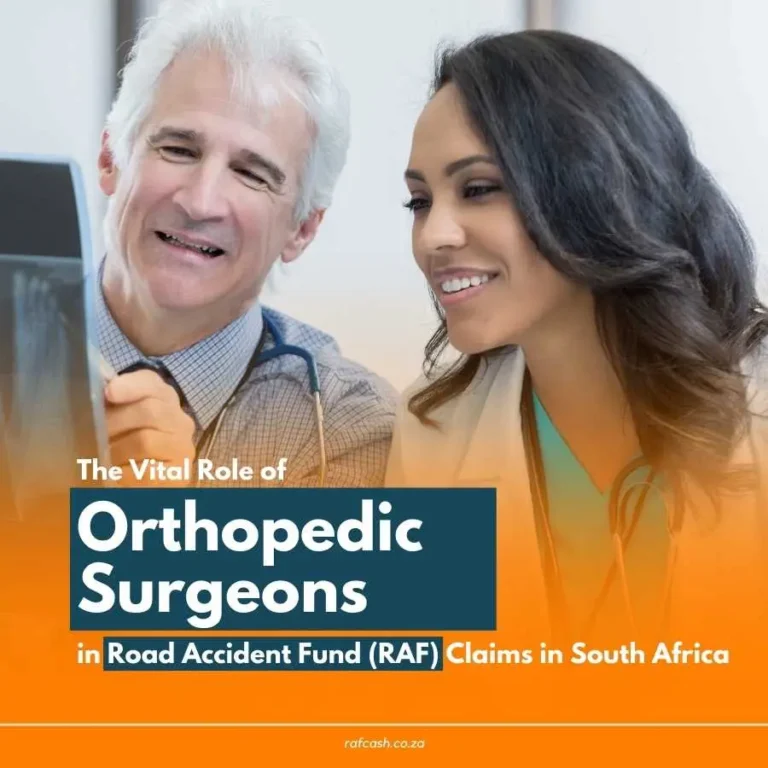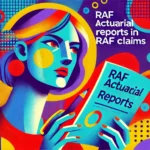Imagine waking up in a hospital bed, disoriented and in pain, with no clear memory of how you got there.
This was Sarah’s reality after a severe car accident left her with multiple fractures and a dislocated shoulder.
The road to recovery seemed daunting, but everything changed when an orthopedic surgeon stepped in. With their expertise, Sarah’s broken bones were meticulously repaired, her shoulder realigned, and a personalized rehabilitation plan was put in place. Months later, Sarah was not only walking again but had also returned to her active lifestyle, thanks to the comprehensive care she received.
What happens when the road to recovery from a car accident involves more than just time?
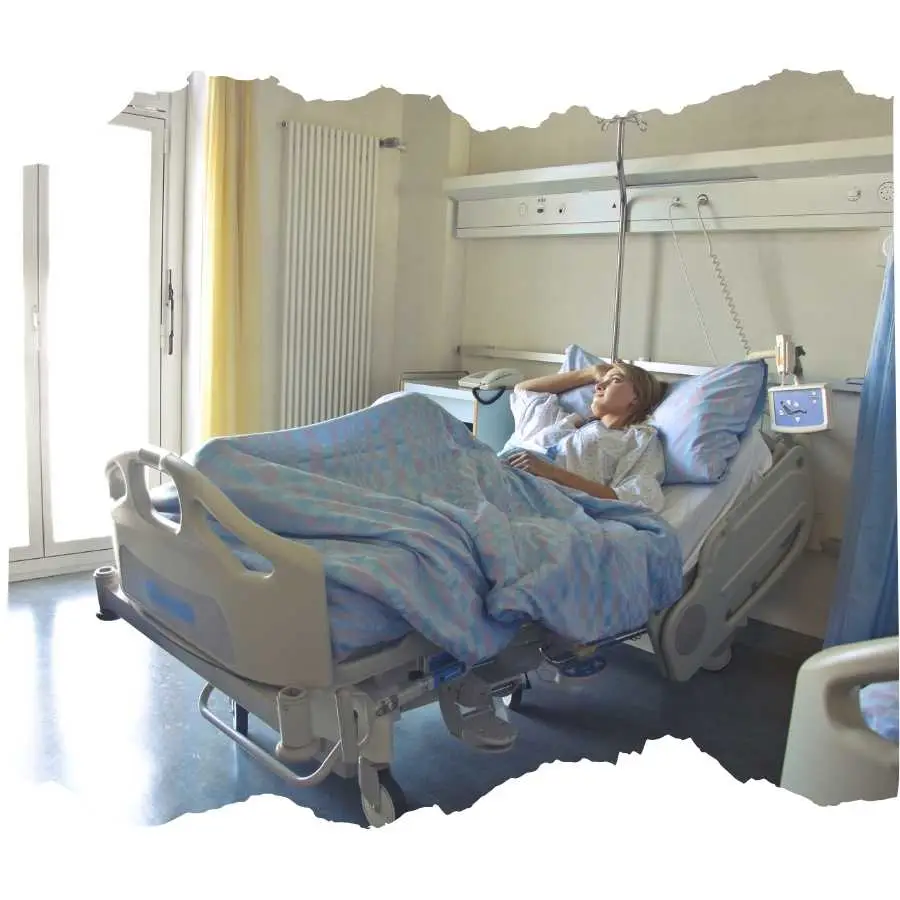
Purpose of the Article
The goal of this article is to provide an in-depth, informative, and comprehensive guide on the role of orthopedic surgeons in Road Accident Fund (RAF) claims.
Understanding the critical contributions of these medical professionals can help accident victims navigate their recovery and ensure they receive the compensation they deserve.
Overview
Orthopedic surgeons play a pivotal role in the diagnosis, treatment, and documentation of injuries sustained in road accidents. From the initial assessment and surgical intervention to detailed medical reporting and expert testimony, their expertise is crucial in both the medical and legal aspects of RAF claims.
This article will explore their multifaceted role, highlight common challenges, and offer practical advice for those navigating the RAF claims process.
Understanding the Role of Orthopedic Surgeons
Initial Assessment and Diagnosis
Importance of Timely and Accurate Diagnosis
The journey to recovery from a road accident begins with a timely and accurate diagnosis. Orthopedic surgeons are often among the first specialists to evaluate patients with musculoskeletal injuries.
A prompt diagnosis is crucial for effective treatment and can significantly impact the overall recovery process. Delays or inaccuracies in diagnosing injuries can lead to complications, prolonged pain, and even permanent disability.
Diagnostic Tools Used
Orthopedic surgeons rely on a variety of diagnostic tools to assess injuries accurately:
- X-rays: These are often the first imaging modality used to evaluate fractures and dislocations. X-rays provide a clear view of the bone structure, helping to identify any breaks or misalignments.
- CT Scans: Computed Tomography (CT) scans offer detailed cross-sectional images of the body. They are particularly useful for assessing complex fractures and the extent of damage to surrounding tissues.
- MRI Scans: Magnetic Resonance Imaging (MRI) provides high-resolution images of soft tissues, including ligaments, tendons, muscles, and cartilage. MRI is essential for diagnosing injuries such as ligament tears and tendon injuries that may not be visible on X-rays or CT scans.
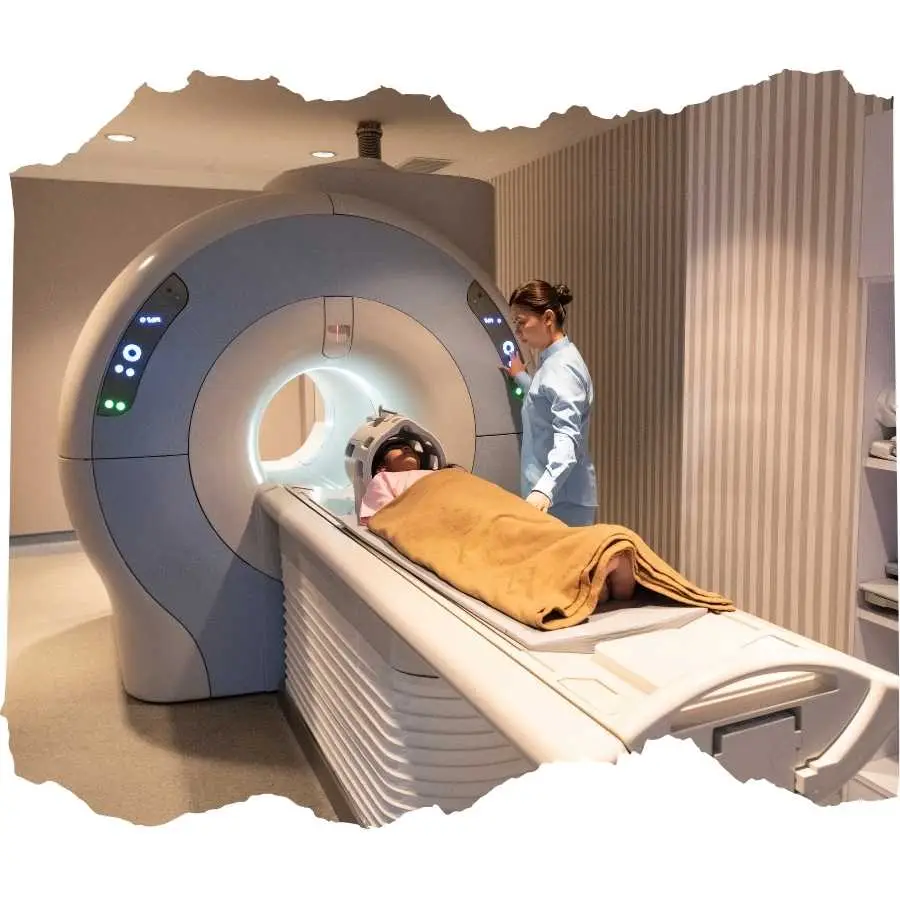
Treatment and Management
Surgical vs. Non-Surgical Treatment Options
Once a diagnosis is made, orthopedic surgeons develop a treatment plan tailored to the specific needs of the patient. Treatment options can be broadly categorized into surgical and non-surgical methods.
- Surgical Treatments: These are often necessary for severe injuries. Surgical procedures might include fracture fixation using plates, screws, or rods, joint reconstruction, or ligament and tendon repairs. For example, a patient with a comminuted femur fracture (where the bone is shattered into multiple pieces) would likely require surgery to realign and stabilize the bone fragments.
- Non-Surgical Treatments: These can include immobilization using casts or braces, physical therapy, pain management, and other rehabilitation methods. For less severe fractures or soft tissue injuries, non-surgical treatments might be sufficient to promote healing and restore function.
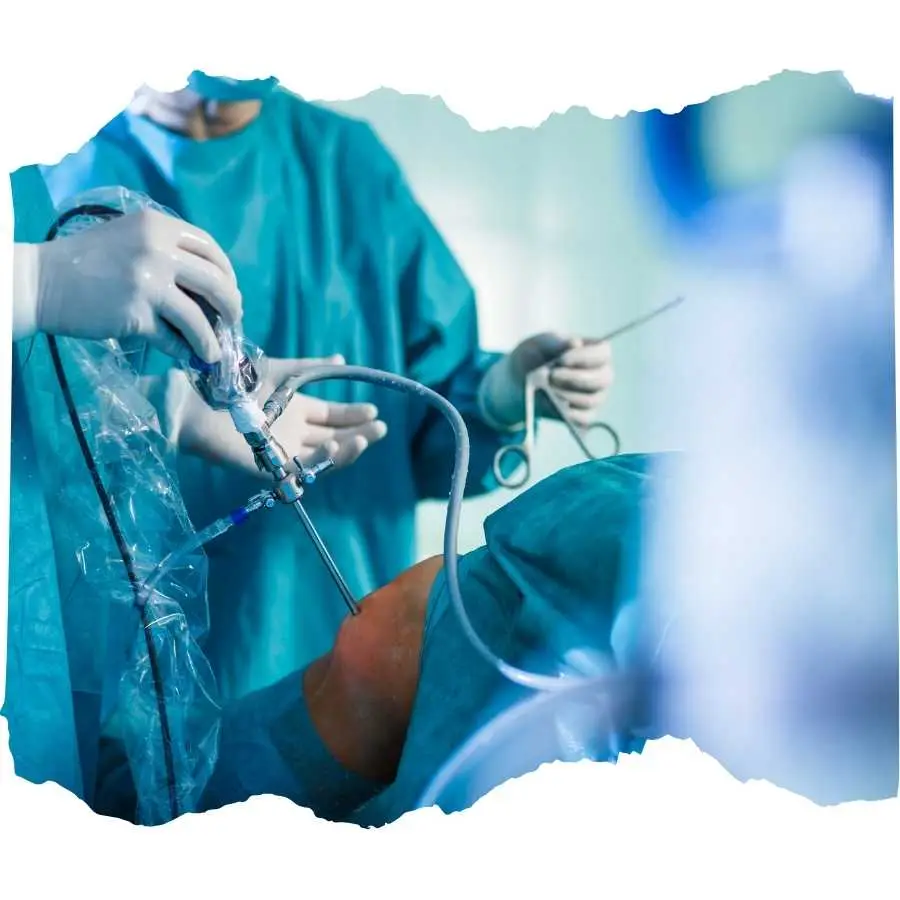
Example: Treatment Plan for a Severe Fracture
Consider a patient, John, who suffers a severe comminuted femur fracture in a road accident. The typical treatment plan might look like this:
- Initial Stabilization: Immediate immobilization of the leg using a temporary splint to prevent further damage.
- Surgical Intervention: Performing an open reduction and internal fixation (ORIF) surgery to realign the bone fragments and secure them with metal plates and screws.
- Post-Surgical Care: Hospital stay for monitoring, pain management, and infection prevention.
- Rehabilitation: Starting physical therapy within a few weeks to restore mobility and strength.
- Follow-Up: Regular follow-up appointments to monitor healing progress and adjust the rehabilitation plan as needed.
Medical Documentation
Detailed Medical Reports and Their Importance in RAF Claims
Accurate and detailed medical documentation is a cornerstone of the RAF claims process.
Orthopedic surgeons provide comprehensive medical reports that outline the nature and extent of injuries, treatments administered, and the prognosis.
These reports serve as critical evidence in RAF claims, helping to substantiate the severity of the injuries and the necessity of the treatments provided.
Impairment and Disability Assessments
In addition to documenting the injuries and treatments, orthopedic surgeons assess the long-term impact of injuries, including any permanent impairments or disabilities.
They use standardized tools, such as the American Medical Association (AMA) Guides to the Evaluation of Permanent Impairment, to provide objective impairment ratings.
These assessments are crucial for determining the compensation amount in RAF claims, as they quantify the extent to which the injuries have affected the claimant’s ability to perform daily activities and work.
By understanding the comprehensive role that orthopedic surgeons play—from initial assessment and diagnosis to treatment, management, and detailed medical documentation—patients and their families can better navigate the recovery and RAF claims process, ensuring they receive the care and compensation they need.
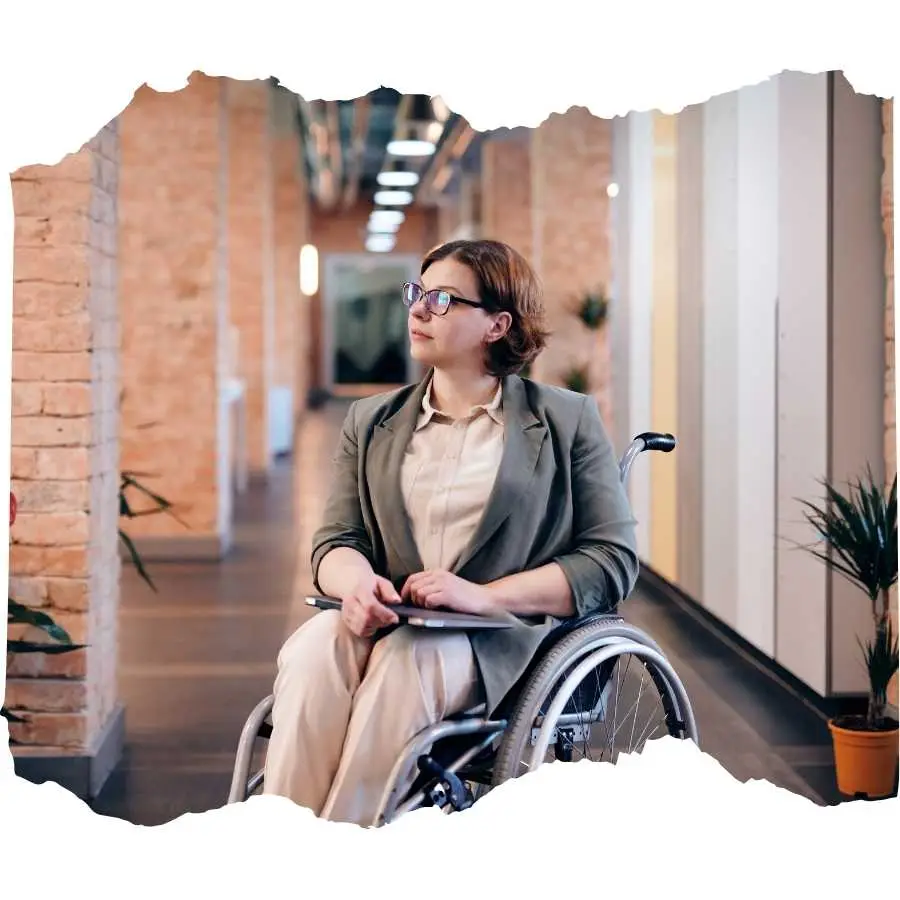
Common Injuries Treated by Orthopedic Surgeons
Fractures
Types of Fractures and Their Treatments
Orthopedic surgeons frequently treat various types of fractures, which can vary in complexity and severity:
- Simple Fractures: These involve a single break in the bone. Treatment typically includes immobilization with a cast or brace to ensure proper healing.
- Compound Fractures: Also known as open fractures, these occur when the bone breaks through the skin, increasing the risk of infection. Treatment usually involves surgery to clean the wound and stabilize the bone with plates, screws, or rods.
- Comminuted Fractures: These are severe fractures where the bone is shattered into multiple pieces. Treatment often requires surgical intervention to realign and stabilize the bone fragments.
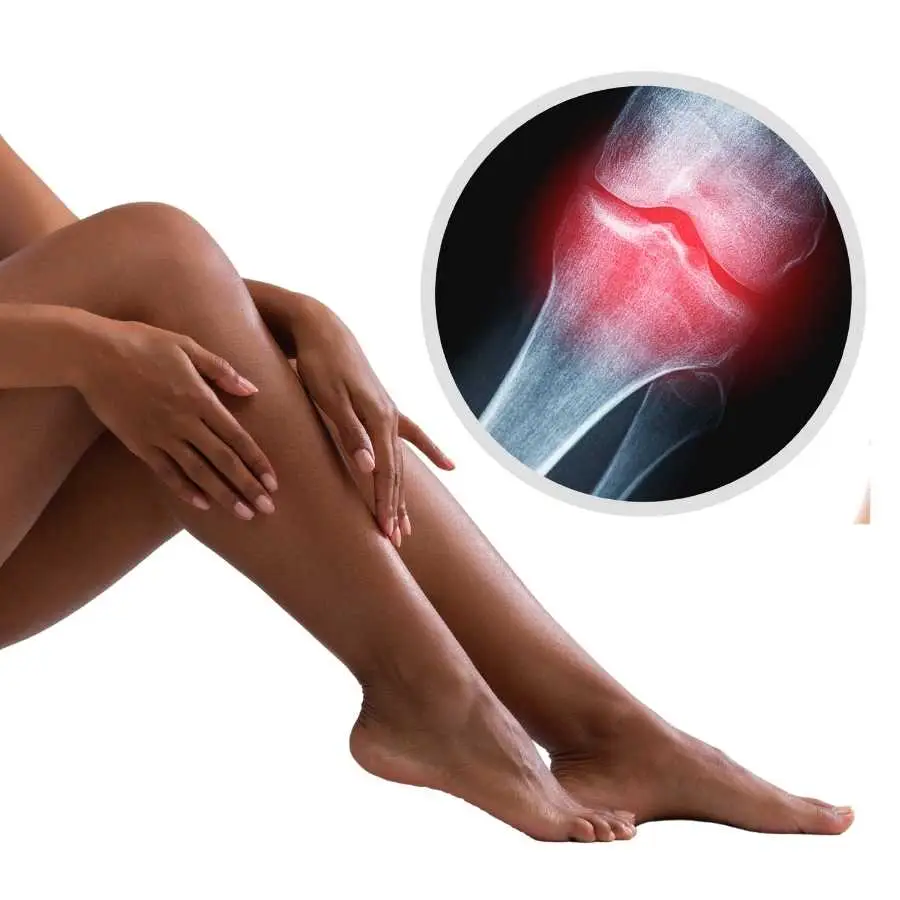
Case Study: Treatment for a Comminuted Fracture
Meet Michael, a 45-year-old who was involved in a high-speed car accident that resulted in a comminuted femur fracture. His treatment journey highlights the expertise and comprehensive care provided by orthopedic surgeons.
- Initial Stabilization: At the accident scene, emergency responders immobilized Michael’s leg with a temporary splint to prevent further damage.
- Surgical Intervention: Upon arrival at the hospital, orthopedic surgeons performed an open reduction and internal fixation (ORIF) surgery. They realigned the shattered bone fragments and secured them with metal plates and screws.
- Post-Surgical Care: Michael stayed in the hospital for several days for pain management, infection prevention, and monitoring.
- Rehabilitation: Physical therapy began a few weeks after surgery to restore mobility and strength in Michael’s leg.
- Follow-Up: Regular follow-up appointments ensured that Michael’s bone was healing correctly and that he was progressing well in his rehabilitation.
Dislocations
Common Dislocations and Their Implications
Dislocations occur when the bones in a joint are forced out of their normal positions. Common sites for dislocations include the shoulder and hip.
- Shoulder Dislocations: The shoulder is the most commonly dislocated joint due to its wide range of motion and relative instability. A dislocated shoulder can damage the surrounding muscles, ligaments, and tendons.
- Hip Dislocations: These are typically the result of high-impact trauma and can be accompanied by fractures. Hip dislocations are serious injuries that require immediate medical attention.
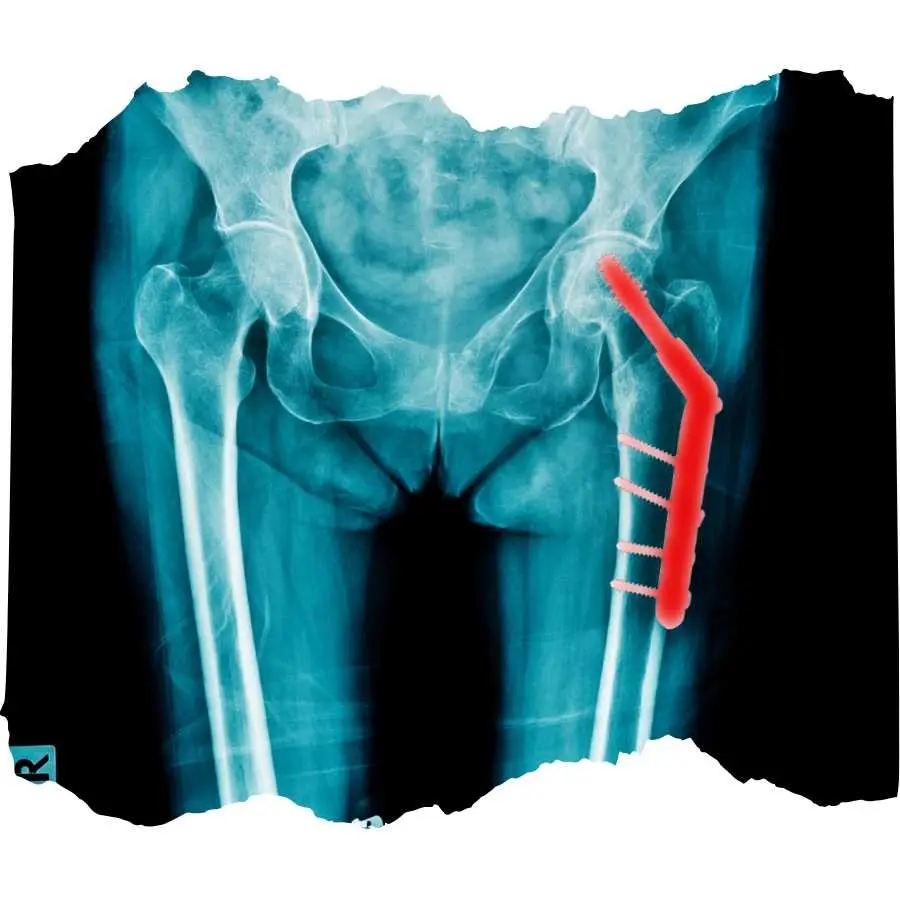
Treatment Approaches for Shoulder and Hip Dislocations
- Shoulder Dislocations: Treatment often involves a reduction procedure to realign the joint, followed by immobilization in a sling. Physical therapy is crucial to restore range of motion and strengthen the surrounding muscles.
- Hip Dislocations: Treatment usually requires reduction under anesthesia to reposition the hip joint. Surgery may be necessary if there are associated fractures. Post-reduction, the patient will undergo rehabilitation to regain strength and mobility.
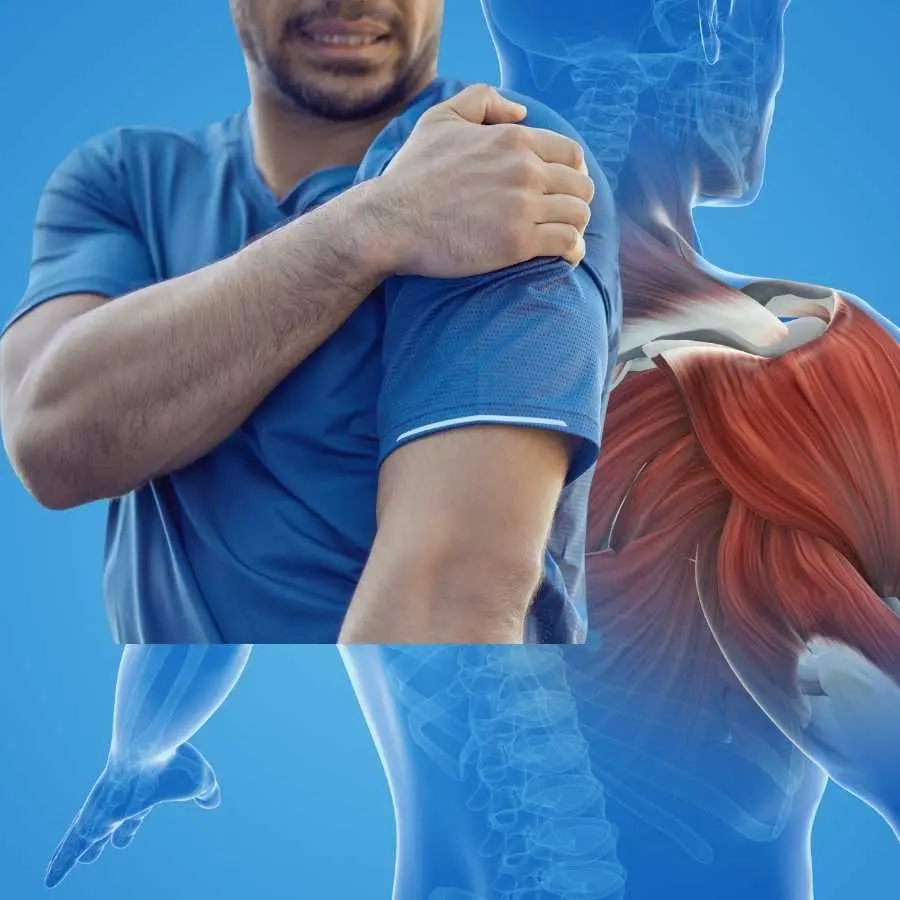
Soft Tissue Injuries
Ligament Tears, Tendon Injuries, and Muscle Tears
Orthopedic surgeons also treat a variety of soft tissue injuries, which can be as debilitating as fractures.
- Ligament Tears: Common examples include anterior cruciate ligament (ACL) tears in the knee. Treatment can range from physical therapy to surgical reconstruction, depending on the severity of the tear.
- Tendon Injuries: These include injuries like Achilles tendon ruptures. Treatment often involves surgical repair followed by extensive rehabilitation.
- Muscle Tears: Severe muscle strains or tears require a combination of rest, physical therapy, and, in some cases, surgical intervention.
Rehabilitation and Recovery Process
Rehabilitation is a critical component of recovery from soft tissue injuries. A typical rehabilitation plan may include:
- Initial Rest and Immobilization: Allowing the injured tissue to heal and reduce inflammation.
- Gradual Reintroduction of Movement: Starting with gentle exercises to restore range of motion.
- Strengthening Exercises: Building muscle strength to support the injured area.
- Functional Training: Helping the patient return to their daily activities and, if applicable, sports or work-specific tasks.
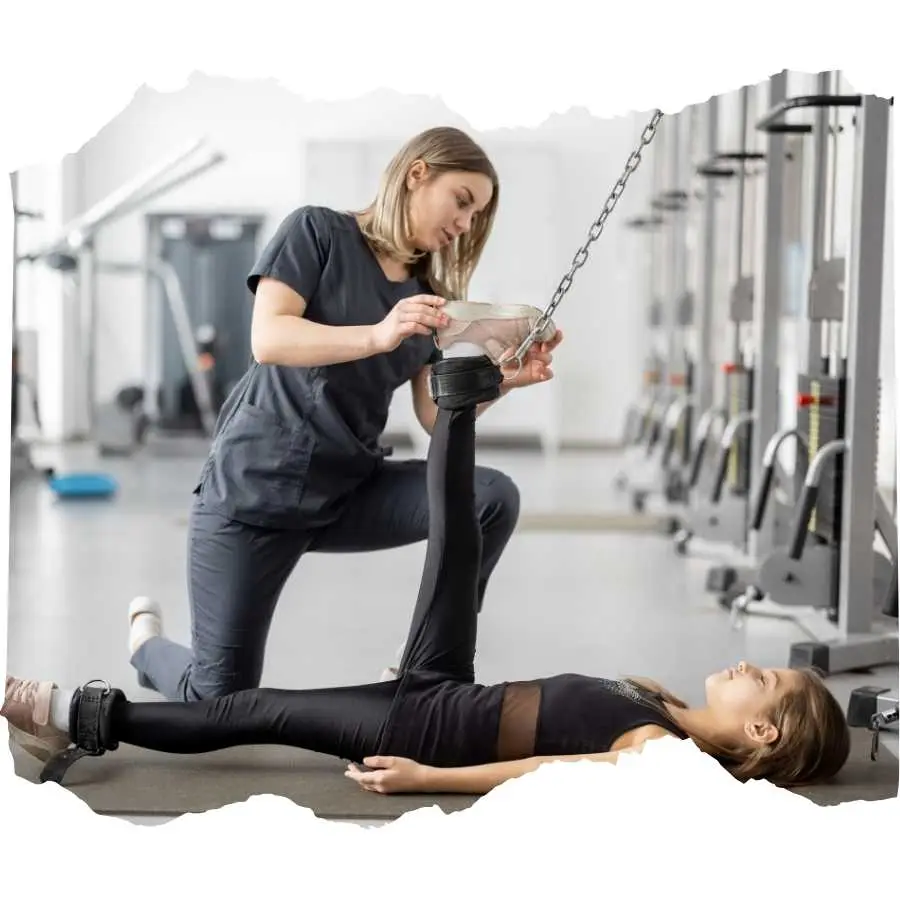
Spinal Injuries
Types of Spinal Injuries
Spinal injuries can have profound and long-lasting effects on a patient’s life. Common types of spinal injuries include:
- Herniated Discs: Occur when the soft inner material of a spinal disc pushes through a crack in the tougher exterior casing, potentially pressing on spinal nerves and causing pain, numbness, or weakness.
- Spinal Fractures: These can range from minor fractures to more severe cases where the vertebrae are crushed or displaced.
Long-Term Impact and Treatment Options
- Herniated Discs: Treatment options include physical therapy, medications, and possibly surgery if conservative treatments fail. Long-term impacts can include chronic pain and reduced mobility.
- Spinal Fractures: Treatment varies based on the severity of the fracture. Minor fractures may be treated with bracing and rest, while severe fractures might require surgical intervention to stabilize the spine. Long-term rehabilitation is often necessary to restore function and manage pain.
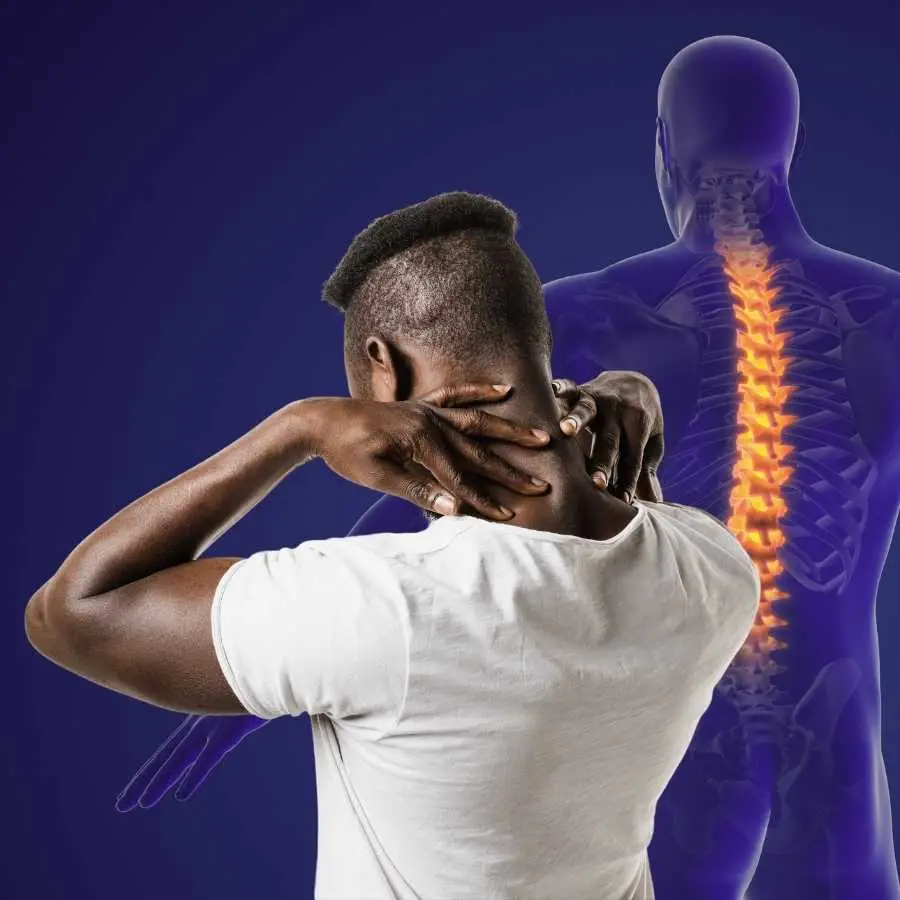
Understanding the common injuries treated by orthopedic surgeons provides insight into their crucial role in the recovery process for road accident victims.
Their expertise ensures that patients receive appropriate and timely care, significantly impacting their overall recovery and quality of life.
The RAF Claims Process
Filing a Claim
Steps Involved in Filing an RAF Claim
Filing a claim with the Road Accident Fund (RAF) involves several critical steps. Understanding this process can help ensure that claimants receive the compensation they deserve for their injuries.
- Report the Accident: Immediately report the accident to the police. A police report is a crucial document for the RAF claim.
- Seek Medical Attention: Obtain medical treatment for any injuries sustained. Detailed medical records from an orthopedic surgeon or other medical professionals are essential.
- Gather Documentation: Collect all necessary documents, including medical reports, accident reports, and witness statements.
- Submit the Claim Form: Complete and submit the RAF claim form (RAF 1). This form requires detailed information about the accident, the claimant, and the injuries sustained.
- Attach Supporting Documents: Attach all relevant documents, including medical reports, police reports, and any additional evidence that supports the claim.
- Await Assessment: The RAF will assess the claim, which may involve reviewing medical records, conducting interviews, and possibly requesting additional information.
- Settlement or Litigation: If the claim is approved, the RAF will offer a settlement. If the claimant disagrees with the offer or if the claim is disputed, the case may proceed to litigation.

Key Documents Required
- Medical Reports: Detailed reports from orthopedic surgeons and other medical professionals documenting the injuries, treatments, and prognosis.
- Accident Reports: Police reports detailing the circumstances of the accident.
- Witness Statements: Statements from witnesses who can corroborate the details of the accident.
- Photographic Evidence: Photos of the accident scene, vehicle damage, and injuries.
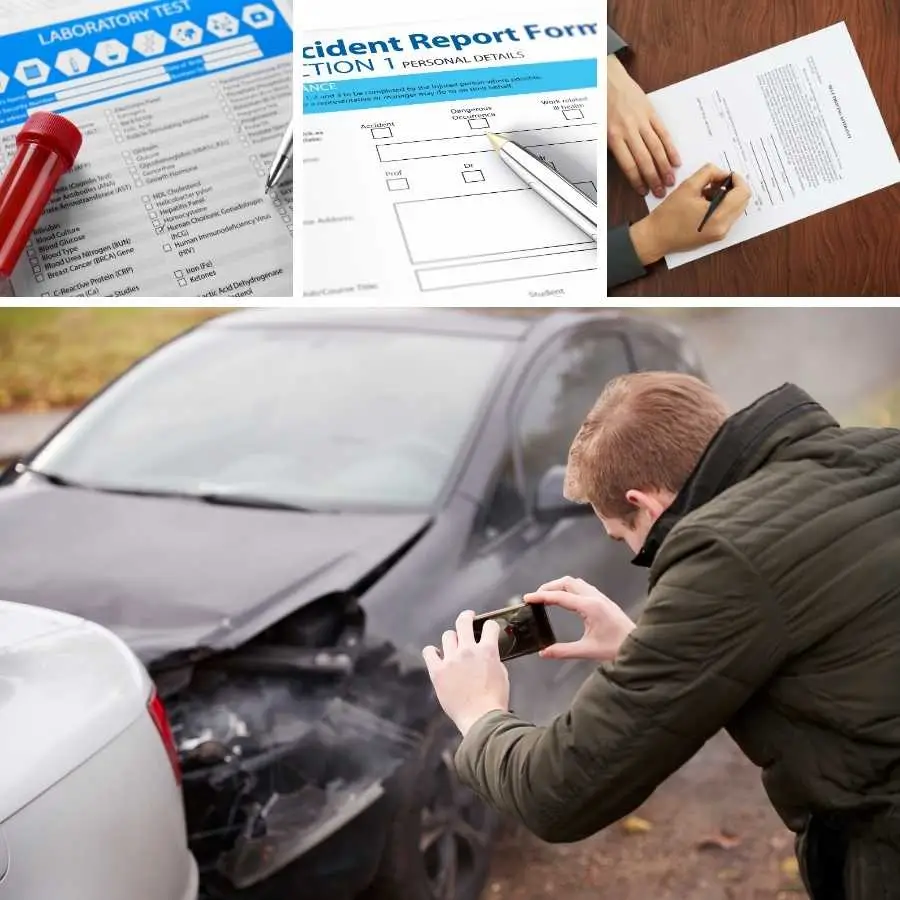
Role of Medical Documentation
How Orthopedic Surgeons’ Reports Support the Claims
Orthopedic surgeons play a pivotal role in the RAF claims process through their detailed medical documentation.
Their reports provide essential evidence that substantiates the claimant’s injuries and the necessity of the treatments provided.
- Detailed Injury Descriptions: Orthopedic surgeons provide comprehensive descriptions of the injuries sustained, including the type, location, and severity.
- Treatment Details: They document all treatments administered, such as surgeries, physical therapy, and medications.
- Prognosis and Future Medical Needs: Surgeons outline the expected recovery trajectory and any future medical needs, such as additional surgeries or long-term rehabilitation.
Example: A Successful RAF Claim Supported by Comprehensive Medical Documentation
Consider Jane, a 30-year-old teacher who sustained multiple fractures in a road accident. Her orthopedic surgeon provided detailed medical reports documenting her injuries, the surgeries performed, and her rehabilitation plan.
These reports were crucial in her RAF claim, providing clear evidence of her medical condition and the extensive treatment required.
The comprehensive documentation helped the RAF assess the severity of her injuries accurately, leading to a fair settlement that covered her medical expenses, rehabilitation costs, and compensation for pain and suffering.

Expert Testimony
Importance of Orthopedic Surgeons as Expert Witnesses
In some RAF claims, particularly those involving severe injuries or disputed claims, orthopedic surgeons may be called upon to provide expert testimony. Their expertise and credibility can significantly impact the outcome of the case.
- Clarifying Medical Issues: Orthopedic surgeons can explain complex medical conditions in a way that is understandable to judges, juries, and legal professionals. Their testimony can clarify the extent of the injuries, the treatments provided, and the long-term impact on the claimant’s life.
- Objective and Credible Evidence: As highly trained specialists, orthopedic surgeons provide objective and credible evidence that supports the claimant’s case.
How Their Testimony Clarifies Complex Medical Issues for Legal Professionals
Orthopedic surgeons’ testimonies are invaluable in court for several reasons:
- Expertise in Injury Assessment: They can provide detailed explanations of the injuries sustained, the treatment process, and the prognosis. This helps the court understand the medical complexities involved.
- Impairment Ratings: Surgeons can present standardized impairment ratings, offering an objective measure of the claimant’s disability and how it impacts their daily life.
- Professional Insight: Their professional insight can help distinguish between accident-related injuries and pre-existing conditions, a common point of contention in RAF claims.
For example, in a case where the claimant suffered a spinal injury, the orthopedic surgeon’s testimony detailed the surgical procedures performed, the expected long-term impact on the claimant’s mobility, and the necessity for ongoing medical care.
This testimony provided the court with a clear understanding of the claimant’s medical needs and the justification for the compensation sought.
Understanding the RAF claims process and the critical role of medical documentation and expert testimony can help claimants navigate their claims more effectively.
Orthopedic surgeons’ detailed reports and professional insights are invaluable in ensuring that claimants receive the compensation they deserve.

Challenges Faced by Orthopedic Surgeons
Detailed Documentation
The Extensive Paperwork Involved
One of the significant challenges faced by orthopedic surgeons in the context of RAF claims is the extensive paperwork required. Preparing detailed medical reports that accurately reflect the patient’s injuries, treatments, and prognosis can be incredibly time-consuming.
Each report must comprehensively cover the injury’s nature, the surgical and non-surgical treatments administered, and the patient’s response to these treatments. This level of detail is crucial to substantiate the claim and support the patient’s case.
Ensuring Accuracy and Completeness
Accuracy and completeness are paramount in medical documentation. Any omissions or inaccuracies can jeopardize the patient’s claim, leading to delays or even denials of compensation.
Orthopedic surgeons must meticulously document every aspect of the patient’s care, from initial diagnosis to ongoing treatment and follow-up appointments.
This thorough documentation is essential to provide a clear and complete picture of the patient’s medical condition and needs, ensuring that all relevant information is available to support the RAF claim.

Complex Injury Assessments
Distinguishing Between Accident-Related Injuries and Pre-Existing Conditions
Another challenge orthopedic surgeons face is distinguishing between injuries directly caused by the accident and any pre-existing conditions the patient may have had.
This distinction is crucial because it affects the compensation amount the patient is eligible for. Surgeons must carefully assess the patient’s medical history and perform detailed examinations to identify which injuries are new and which predate the accident.
Example: A Case Where This Distinction Was Crucial for the Claim
Consider the case of Tom, a 55-year-old man involved in a severe car accident. Tom had a pre-existing degenerative disc disease but sustained a significant spinal fracture in the accident.
His orthopedic surgeon had to carefully document the extent of the new injury and differentiate it from his pre-existing condition.
By providing a detailed assessment and clear medical reports, the surgeon was able to demonstrate that the spinal fracture was directly caused by the accident, which was crucial for Tom’s RAF claim.
This distinction ensured that Tom received appropriate compensation for his new injury while acknowledging his ongoing medical issues.

Legal and Administrative Challenges
Navigating the Legal Requirements of RAF Claims
Orthopedic surgeons must navigate the complex legal landscape of RAF claims.
This involves understanding the specific legal requirements and ensuring that all medical documentation complies with these standards. Surgeons often work closely with legal professionals to ensure that the medical evidence they provide is admissible and robust enough to support the patient’s claim.
Ensuring Compliance with Administrative Standards
Compliance with administrative standards is another challenge. Medical reports must be formatted correctly, include all necessary information, and be submitted within specified timeframes. Any deviation from these standards can result in delays or complications in the claims process.
Orthopedic surgeons must stay informed about the latest administrative requirements and ensure that their documentation meets all necessary criteria.
In summary, orthopedic surgeons face numerous challenges when dealing with RAF claims, from extensive paperwork and the need for meticulous documentation to the complexities of distinguishing between accident-related injuries and pre-existing conditions.
Additionally, they must navigate legal and administrative hurdles to ensure that their reports support the patient’s claim effectively.
Despite these challenges, their expertise and dedication are crucial in helping accident victims receive the compensation they deserve.

Ensuring a Patient-Centered Approach
Clear Communication
Explaining Medical Terms in Layman’s Language
One of the fundamental aspects of a patient-centered approach is clear and effective communication. Orthopedic surgeons must ensure that patients fully understand their medical condition, treatment options, and the recovery process. This involves breaking down complex medical terms into simple, layman’s language.
For instance, instead of saying “you have a comminuted fracture,” a surgeon might explain, “your bone is broken into several pieces, which will require careful surgical repair.”
Clear communication helps to alleviate patient anxiety, builds trust, and ensures that patients are well-informed about their health and treatment. This understanding is crucial for patients to make informed decisions about their care.
Importance of Involving Patients in Their Treatment Plans
Involving patients in their treatment plans is another critical component of a patient-centered approach. Orthopedic surgeons should discuss the various treatment options with the patient, outlining the potential risks and benefits of each.
This collaborative approach empowers patients to take an active role in their recovery, fostering a sense of ownership and responsibility for their health outcomes.
For example, a surgeon might present the options of surgical versus non-surgical treatment for a ligament tear, explaining the expected recovery times and potential complications of each.
By involving the patient in this decision-making process, the surgeon ensures that the treatment plan aligns with the patient’s preferences, lifestyle, and goals.
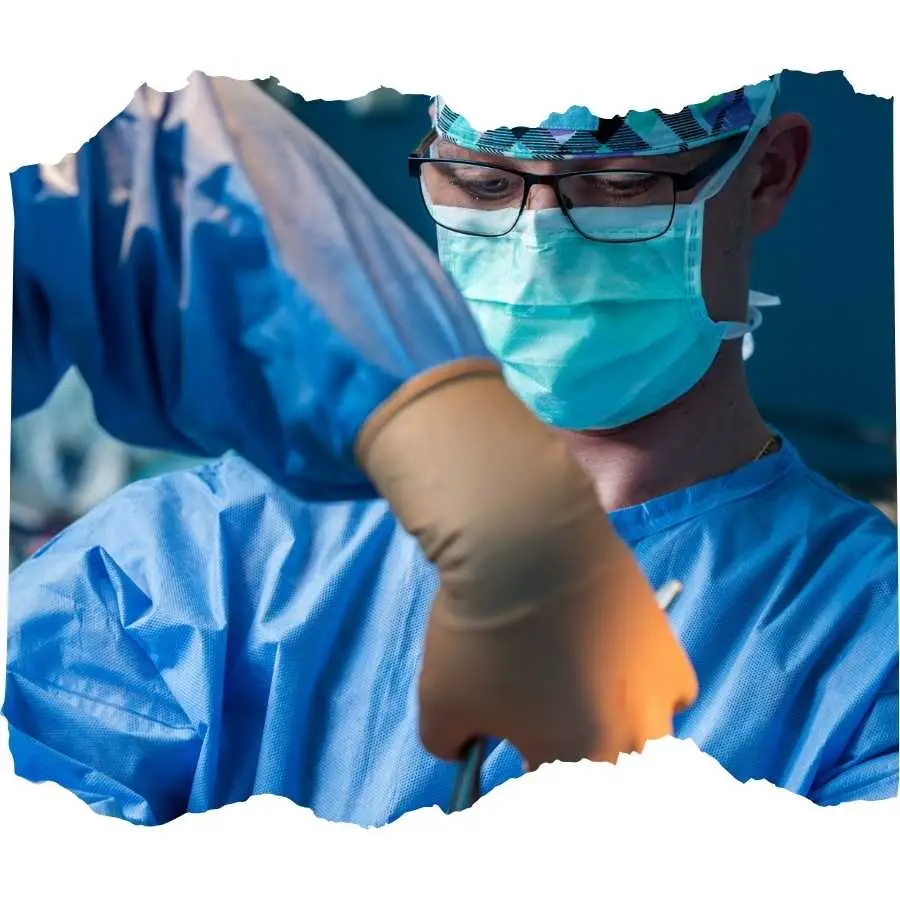
Holistic Care
Addressing Physical, Emotional, and Psychological Aspects of Recovery
A truly patient-centered approach extends beyond treating the physical injury to addressing the emotional and psychological aspects of recovery.
Road accidents can be traumatic, and patients often face emotional challenges such as anxiety, depression, or post-traumatic stress disorder (PTSD).
Orthopedic surgeons, therefore, must adopt a holistic approach to care, considering the patient’s overall well-being.
This might involve referring patients to mental health professionals, such as psychologists or counselors, to help them cope with the emotional aftermath of the accident.
Additionally, providing support groups or connecting patients with others who have undergone similar experiences can be incredibly beneficial.
Example: How Holistic Care Improved a Patient’s Recovery Experience
Consider the case of Lisa, a young woman who suffered a severe leg injury in a car accident. While her orthopedic surgeon successfully repaired the physical damage, Lisa struggled with significant anxiety and depression following the accident.
Recognizing this, her surgeon referred her to a psychologist for counseling and connected her with a local support group for accident survivors.
This holistic approach to Lisa’s care made a substantial difference in her recovery. The emotional support she received helped her regain confidence and cope with her anxiety, enabling her to engage more fully in her physical rehabilitation.
As a result, Lisa not only recovered physically but also experienced significant improvements in her mental and emotional well-being.
By ensuring clear communication and adopting a holistic approach to care, orthopedic surgeons can provide comprehensive, patient-centered care that addresses all aspects of recovery.
This approach not only enhances the patient’s overall experience but also improves their health outcomes, demonstrating the profound impact of treating the whole person, not just their injury.
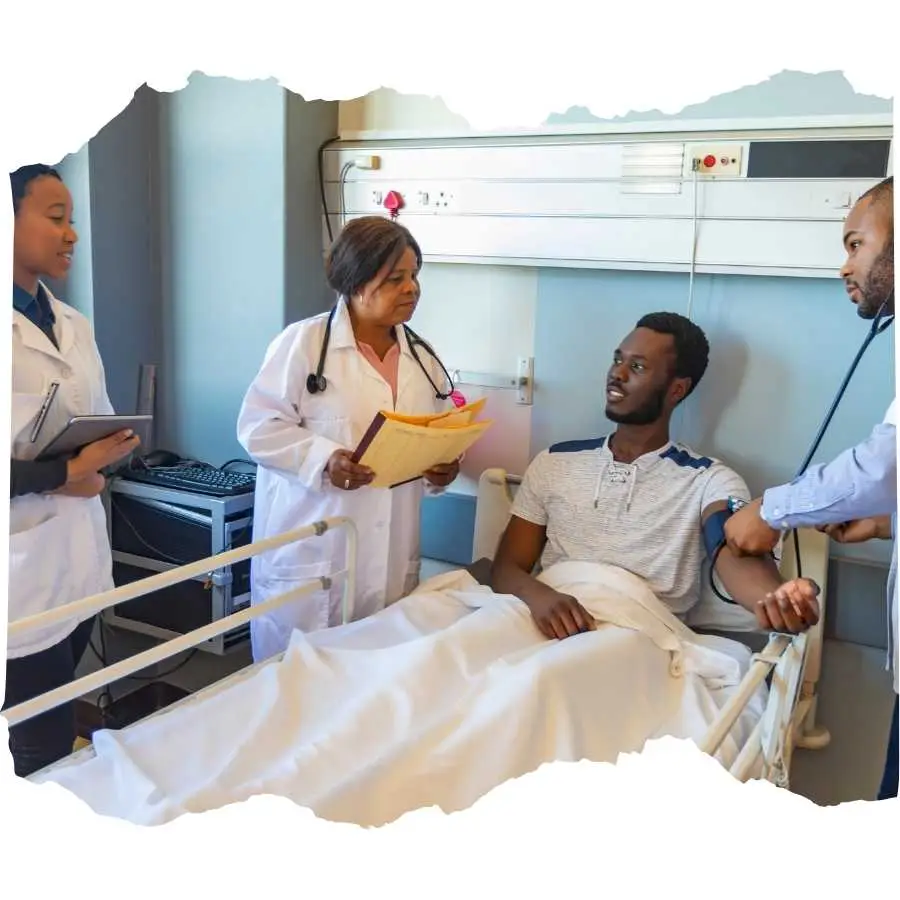
Enhancing the RAF Claims Process
Collaboration with Legal Professionals
How Orthopedic Surgeons Work with Attorneys to Strengthen Claims
Orthopedic surgeons play a crucial role in strengthening RAF claims by collaborating closely with attorneys.
This collaboration begins with providing detailed medical documentation that accurately describes the injuries sustained, the treatments administered, and the prognosis.
These medical reports serve as foundational evidence in the claims process.
Surgeons also provide expert opinions that can help attorneys build a compelling case. For instance, they might explain how the injuries directly resulted from the accident and discuss the necessity and effectiveness of the treatments provided.
By doing so, they help establish a clear link between the accident and the claimant’s medical condition, which is essential for justifying the compensation sought.
In addition, orthopedic surgeons often participate in legal proceedings as expert witnesses.
Their testimony can clarify complex medical issues, making it easier for judges and juries to understand the full extent of the claimant’s injuries and the impact on their life.
This expert insight can be pivotal in contested cases, helping to secure a fair settlement for the claimant.
Importance of Clear and Effective Communication Between Medical and Legal Teams
Clear and effective communication between medical and legal teams is vital for the success of RAF claims. Orthopedic surgeons must ensure that their medical reports are comprehensive yet understandable for non-medical professionals.
This involves translating medical jargon into plain language and clearly outlining the key points that support the claim.
Regular communication between the surgeon and the attorney is also essential. This ensures that any additional information required by the legal team is promptly provided and that the medical evidence aligns with the legal strategy.
Effective collaboration and open lines of communication help ensure that all aspects of the claim are thoroughly documented and presented, significantly improving the chances of a successful outcome.

Future Medical Needs
Projecting Long-Term Medical Needs and Costs
One of the critical contributions of orthopedic surgeons to the RAF claims process is their ability to project the claimant’s long-term medical needs and associated costs.
Serious injuries sustained in road accidents often require ongoing medical care, including further surgeries, long-term physical therapy, and chronic pain management.
Orthopedic surgeons assess these future needs based on the patient’s current condition and the typical progression of similar injuries.
This projection involves estimating the costs of future treatments, rehabilitation, and any necessary medical equipment or modifications to the patient’s home or workplace.
By providing a detailed forecast of long-term medical expenses, orthopedic surgeons help ensure that the compensation awarded is sufficient to cover these future costs, preventing financial strain on the claimant down the line.
Ensuring Compensation Covers Future Treatments and Rehabilitation
Securing adequate compensation that covers future treatments and rehabilitation is crucial for the long-term well-being of accident victims.
Orthopedic surgeons play a vital role in this by providing detailed assessments and documentation of the claimant’s ongoing medical needs.
For example, if a patient is likely to require additional surgeries or prolonged physical therapy, the surgeon will include these projections in their medical reports.
This information is crucial for the attorney to argue for compensation that reflects not only the immediate medical costs but also the long-term financial impact of the injuries.
In practice, consider the case of John, a construction worker who sustained a severe spinal injury in a road accident. John’s orthopedic surgeon projected that he would need multiple future surgeries and extensive rehabilitation over several years.
This detailed projection was included in John’s medical documentation, helping his attorney secure a settlement that covered both his immediate and long-term medical needs.
As a result, John received the financial support necessary to manage his ongoing treatment and rehabilitation, significantly improving his quality of life.
By working closely with legal professionals and accurately projecting future medical needs, orthopedic surgeons enhance the RAF claims process, ensuring that accident victims receive comprehensive compensation that addresses all aspects of their recovery and long-term care.

Case Studies and Actual Examples
Case Study 1: Sarah’s Journey from Injury to Recovery
Sarah, a 28-year-old teacher, was involved in a severe car accident that left her with a comminuted fracture in her right leg.
The bone was shattered into multiple pieces, requiring immediate surgical intervention.
Her orthopedic surgeon performed a complex surgery to stabilize the bone using metal plates and screws.
Post-surgery, Sarah’s journey to recovery involved an intensive rehabilitation program. She attended physical therapy sessions three times a week and followed a home exercise regimen.
Throughout her recovery, her orthopedic surgeon provided detailed medical reports documenting her progress, the treatments administered, and the expected long-term impact of her injuries.
These comprehensive reports were pivotal in Sarah’s RAF claim. They provided clear evidence of the severity of her injuries and the extensive treatment required, ultimately helping her secure a substantial compensation package.
This compensation covered her medical expenses, loss of earnings during her recovery period, and future rehabilitation costs.
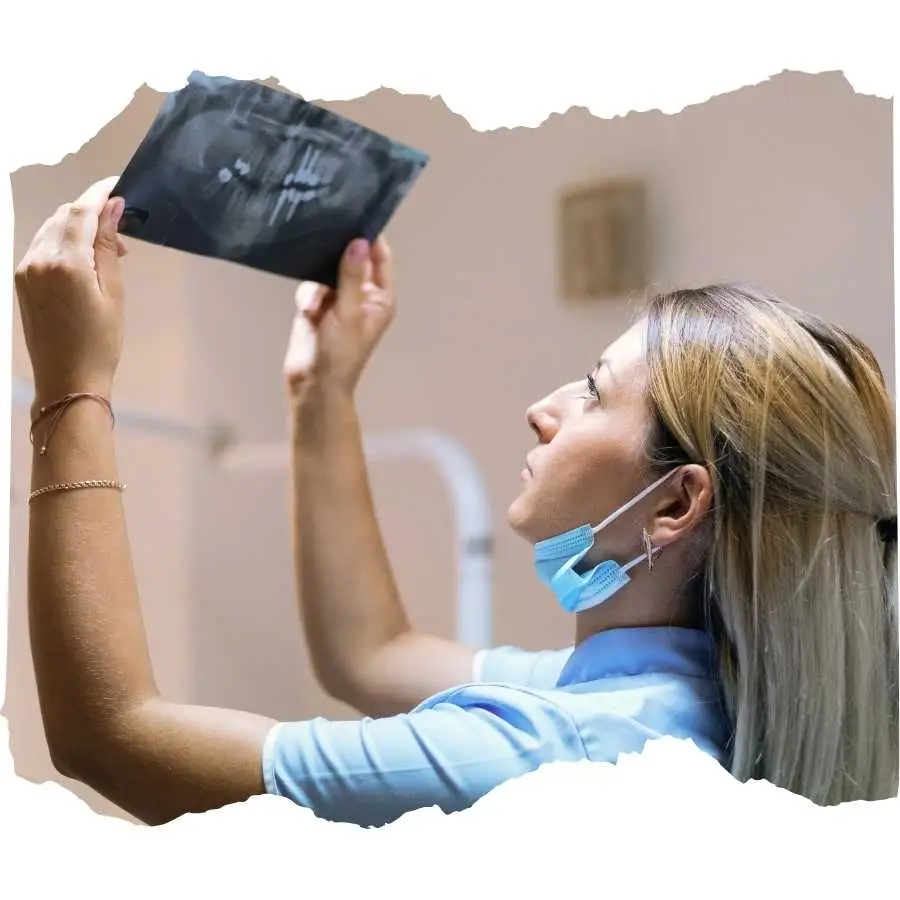
Case Study 2: John’s Battle with Spinal Injuries
John, a 45-year-old construction worker, suffered a severe spinal injury in a road accident.
He experienced a herniated disc and multiple spinal fractures, which significantly impacted his ability to work and perform daily activities.
His orthopedic surgeon conducted a thorough assessment and recommended a multi-stage treatment plan, including surgery and extensive physical therapy.
John’s treatment began with spinal surgery to relieve pressure on the nerves and stabilize the spine. Following surgery, he engaged in a rigorous physical therapy program designed to restore mobility and strength.
His orthopedic surgeon meticulously documented every aspect of his treatment and recovery, from initial diagnosis to follow-up appointments.
This detailed documentation was crucial in John’s RAF claim. The medical reports clearly outlined the long-term implications of his injuries, including chronic pain and potential future surgeries. The orthopedic surgeon’s expert testimony in court further clarified the complexities of John’s condition, helping the judge and jury understand the full extent of his injuries.
As a result, John received a comprehensive compensation package that included funds for ongoing medical treatment, rehabilitation, and compensation for his inability to return to his previous job.
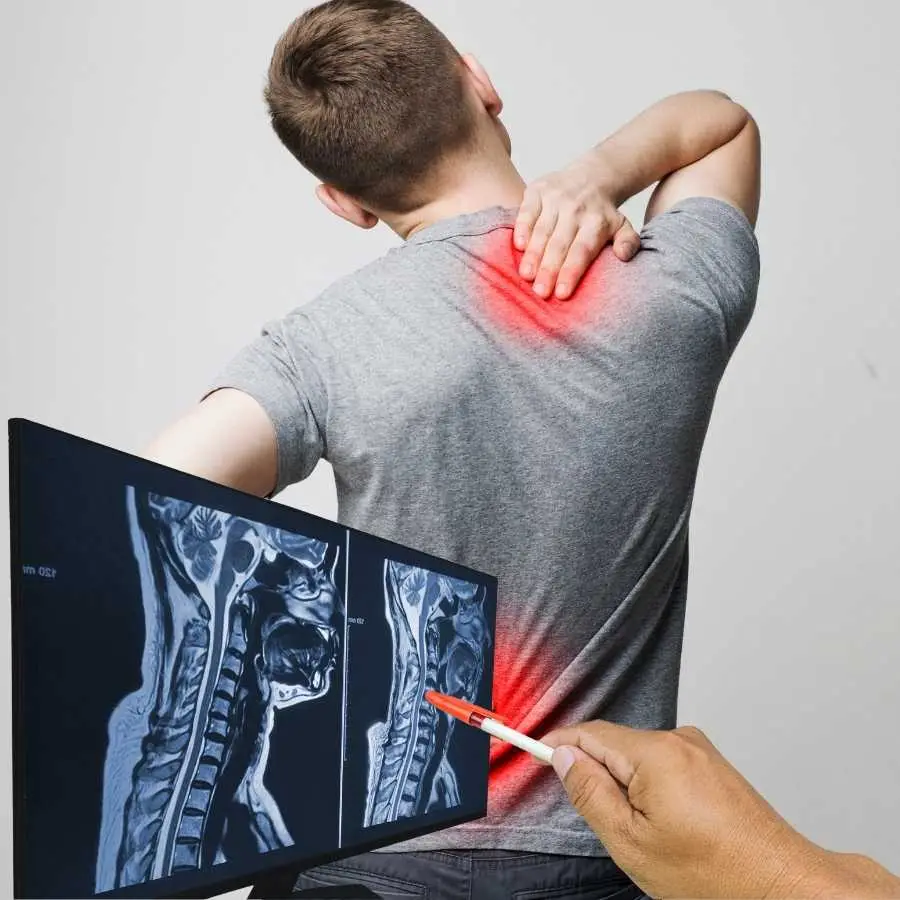
Case Study 3: Lisa’s Shoulder Dislocation and Recovery
Lisa, a 32-year-old graphic designer, was involved in a minor road accident that resulted in a shoulder dislocation. Although initially dismissed as a minor injury, the dislocation caused significant pain and restricted her range of motion.
Her orthopedic surgeon performed a reduction to reposition the joint and recommended a course of physical therapy to strengthen the shoulder and prevent future dislocations.
Throughout her recovery, Lisa’s orthopedic surgeon provided regular updates on her progress and detailed the treatments administered.
These reports were essential for her RAF claim, as they demonstrated the injury’s impact on her ability to work and carry out daily activities.
The comprehensive medical documentation and the surgeon’s clear communication with Lisa’s legal team played a significant role in securing a fair settlement. The compensation covered her medical expenses, therapy costs, and accounted for the temporary reduction in her work capacity.
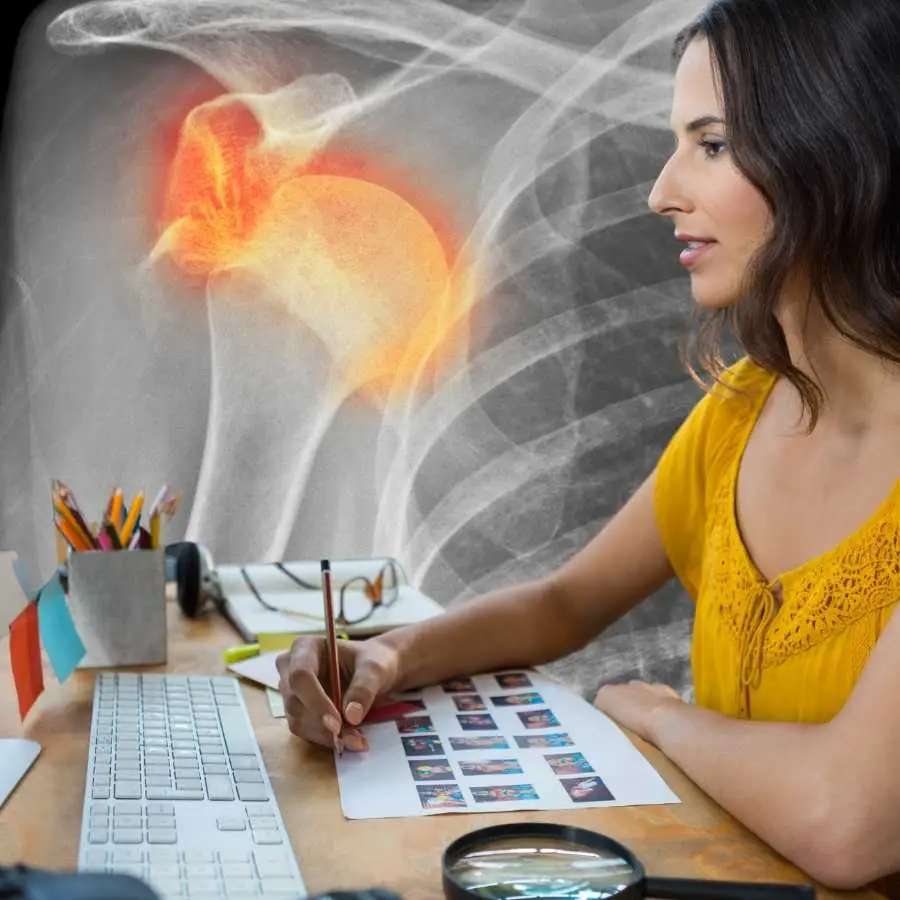
The Impact of Comprehensive Medical Documentation
These case studies highlight the critical role of orthopedic surgeons in the RAF claims process.
By providing thorough medical assessments, detailed documentation, and expert testimony, they ensure that accident victims like Sarah, John, and Lisa receive the compensation they deserve.
Accurate and comprehensive medical reports are not just about recording facts.
They tell the story of the patient’s journey, helping legal professionals and decision-makers understand the full impact of the injuries.
Practical Advice for Readers
Seek Immediate Medical Attention
Importance of Prompt Medical Evaluation After an Accident
After a road accident, it is vital to seek immediate medical attention, even if you feel fine initially.
Some injuries may not be immediately apparent but can worsen over time. Prompt medical evaluation ensures that any injuries are diagnosed and treated early, preventing complications and promoting a better recovery outcome.
Steps to Take Immediately After an Accident
- Ensure Safety: Move to a safe location if possible and call emergency services.
- Report the Accident: Contact the police to report the accident and obtain an official report.
- Seek Medical Help: Visit a hospital or medical facility as soon as possible for a comprehensive evaluation.
- Document Everything: Keep records of all medical visits, treatments, and any symptoms experienced.
Consult with an Orthopedic Surgeon
Why Specialized Care is Crucial for Musculoskeletal Injuries
Orthopedic surgeons specialize in diagnosing and treating injuries related to bones, joints, ligaments, tendons, and muscles. Their expertise is crucial for ensuring accurate diagnosis, effective treatment, and optimal recovery.
They use advanced diagnostic tools and surgical techniques to address complex injuries, which can significantly impact your long-term health and quality of life.
How to Find and Choose an Orthopedic Surgeon
- Referrals: Ask your primary care doctor or emergency room physician for recommendations.
- Research: Look up orthopedic surgeons in your area, read reviews, and check their credentials.
- Specialization: Ensure the surgeon specializes in treating the specific type of injury you have.
- Consultation: Schedule a consultation to discuss your injury, treatment options, and recovery plan. Ensure you feel comfortable and confident in their care.

Document All Medical Treatments
Keeping Thorough Records of All Treatments and Appointments
Maintaining detailed records of all medical treatments and appointments is essential for supporting your RAF claim.
Thorough documentation helps substantiate your injuries, treatments, and recovery progress, providing clear evidence for your claim.
How to Organize and Maintain Medical Documentation
- Create a System: Use a dedicated folder or digital file to store all medical records.
- Include Key Information: Record dates of appointments, names of healthcare providers, treatments received, medications prescribed, and any changes in your condition.
- Request Copies: Ask for copies of medical reports, imaging results, and any other relevant documents from your healthcare providers.
- Update Regularly: Continuously update your records with new treatments, appointments, and changes in your condition.

Understand Your Rights and the RAF Claims Process
Basic Rights of Road Accident Victims
As a road accident victim, you have the right to seek compensation for your injuries, medical expenses, loss of earnings, and other related costs.
Understanding your rights ensures that you can advocate for yourself effectively throughout the claims process.
Overview of the RAF Claims Process
- Report the Accident: Obtain an official police report.
- Seek Medical Attention: Get a thorough medical evaluation and treatment.
- Gather Documentation: Collect all necessary documents, including medical reports, accident reports, and witness statements.
- Submit a Claim: Complete and submit the RAF claim form along with supporting documents.
- Assessment and Settlement: The RAF will assess your claim and offer a settlement. If disputed, the case may proceed to litigation.

Gather and Organize Evidence
Types of Evidence Needed for a Strong RAF Claim
- Medical Reports: Detailed reports from orthopedic surgeons and other medical professionals.
- Accident Reports: Police reports detailing the accident circumstances.
- Witness Statements: Statements from witnesses who can corroborate the accident details.
- Photographic Evidence: Photos of the accident scene, vehicle damage, and injuries.

Tips for Collecting and Organizing Evidence
- Act Quickly: Collect evidence as soon as possible while details are fresh.
- Be Thorough: Gather all relevant documents and evidence, leaving no detail out.
- Organize Systematically: Use folders or digital files to categorize and store evidence.
- Label Clearly: Ensure each piece of evidence is clearly labeled with dates and descriptions.
Consult with a Legal Professional
Importance of Legal Advice in Navigating RAF Claims
Navigating the RAF claims process can be complex and challenging.
Legal professionals specializing in RAF claims can provide invaluable guidance, ensuring that all documentation is correctly completed and submitted, and that your case is presented effectively.
How to Find and Choose a Lawyer Specializing in RAF Claims
- Referrals: Ask for recommendations from friends, family, or other professionals.
- Research: Look for lawyers with experience and positive reviews in handling RAF claims.
- Consultation: Schedule consultations with potential lawyers to discuss your case and gauge their expertise and approach.
- Track Record: Choose a lawyer with a proven track record of successful RAF claims.
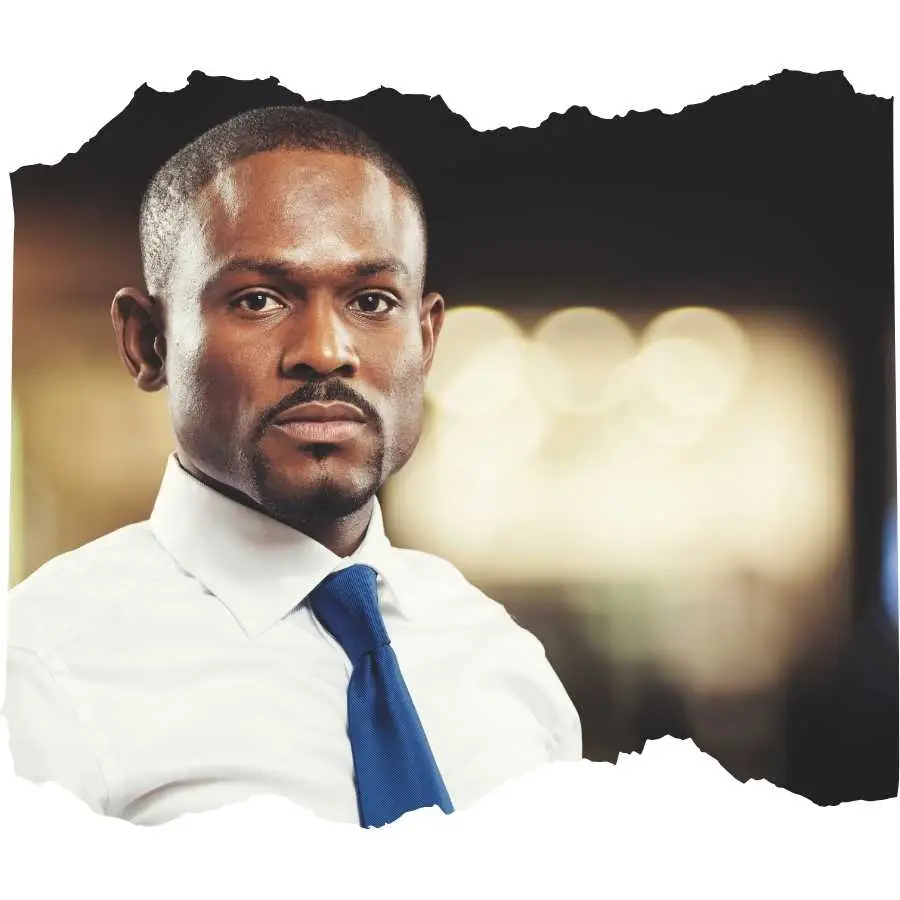
By following this practical advice, you can navigate the RAF claims process more effectively, ensuring that you receive the medical care and compensation you deserve.
Taking proactive steps and seeking the right professional support can significantly impact the outcome of your claim and your overall recovery journey.
Conclusion
Summary of Key Points
Orthopedic surgeons play a critical role in the RAF claims process.
Their expertise ensures accurate diagnosis and comprehensive treatment of injuries sustained in road accidents.
From initial assessment and surgical intervention to detailed medical documentation and expert testimony, orthopedic surgeons provide essential support throughout the claims process.
Their meticulous reports and projections of future medical needs are crucial for substantiating claims and securing fair compensation.
Key Takeaways:
- Accurate Diagnosis: Ensures effective treatment and better recovery outcomes.
- Comprehensive Treatment: Includes surgical and non-surgical options tailored to the patient’s needs.
- Detailed Documentation: Critical for substantiating claims and projecting future medical needs.
- Expert Testimony: Clarifies complex medical issues, strengthening the legal case.

Final Call to Action
If you or a loved one has been involved in a road accident, take proactive steps to ensure your well-being and secure your rights:
- Seek Immediate Medical Attention: Prompt evaluation and treatment are crucial.
- Consult with an Orthopedic Surgeon: Specialized care can significantly impact your recovery.
- Maintain Detailed Medical Records: Thorough documentation supports your RAF claim.
- Seek Legal Advice: Professional guidance helps navigate the claims process effectively.
Share this article to help others understand the importance of orthopedic care in RAF claims. By spreading awareness, you can help ensure that accident victims receive the care and compensation they deserve.
Recovering from a road accident can be a challenging journey, but you are not alone.
Orthopedic surgeons provide the expertise and support needed to guide you through the healing process and help you achieve the best possible outcome.
With their comprehensive care and detailed documentation, you can navigate the RAF claims process with confidence, knowing that you have a team of professionals dedicated to your recovery.
Remember, the road to recovery may be long, but with the right medical and legal support, you can overcome the challenges and secure the compensation you need for a better future. Stay positive and proactive, and trust in the expertise of your orthopedic care team.
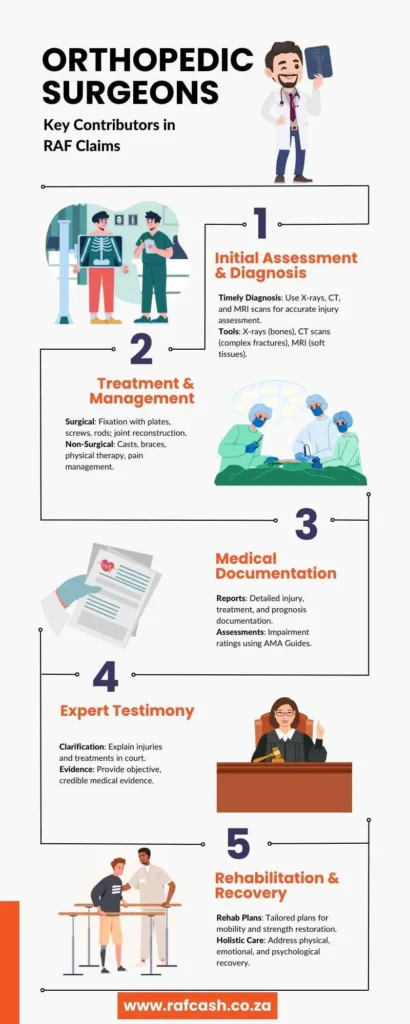
Frequently Asked Questions
Why is it important to consult an orthopedic surgeon after a road accident?
Orthopedic surgeons specialize in diagnosing and treating musculoskeletal injuries, ensuring accurate diagnosis and effective treatment, which are crucial for recovery and substantiating RAF claims.
How do orthopedic surgeons contribute to the RAF claims process?
They provide detailed medical reports, assess long-term impacts of injuries, and may testify in court to clarify complex medical issues, all of which strengthen the RAF claim.
What types of injuries do orthopedic surgeons commonly treat in road accident cases?
Common injuries include fractures, dislocations, ligament tears, tendon injuries, muscle tears, and spinal injuries.
What role does medical documentation play in RAF claims?
Detailed medical documentation from orthopedic surgeons provides essential evidence of the injuries, treatments, and future medical needs, supporting the claim for fair compensation.
How can accurate medical reports from orthopedic surgeons impact a RAF claim?
Accurate medical reports ensure all injuries are documented thoroughly, helping to justify the need for compensation and influencing the settlement amount.
What should be included in the medical records for a RAF claim?
Medical records should include detailed reports of injuries, treatments, surgery details, follow-up appointments, and projections for future medical needs.
How do orthopedic surgeons differentiate between accident-related injuries and pre-existing conditions?
They perform detailed assessments and review medical histories to identify new injuries caused by the accident, which is crucial for the RAF claim.
Why is it important to seek immediate medical attention after an accident?
Immediate medical attention ensures that injuries are diagnosed and treated early, preventing complications and supporting the accuracy of medical documentation for RAF claims.
How do orthopedic surgeons work with legal professionals in RAF claims?
They provide detailed medical reports, expert opinions, and may testify in court to support the legal case, ensuring that the medical evidence aligns with the legal strategy.
What steps can I take to ensure my RAF claim is successful?
Seek immediate medical attention, consult with an orthopedic surgeon, maintain detailed medical records, gather all necessary evidence, and consult with a legal professional to guide you through the claims process.
Glossary
- Orthopedic Surgeon: A doctor who specializes in diagnosing and treating injuries related to bones, joints, and muscles.
- Fracture: A break in a bone.
- Dislocation: An injury where a joint is forced out of its normal position.
- Ligament Tear: A rip in the tissue that connects bones at a joint.
- Tendon Injury: Damage to the tissue that connects muscles to bones.
- Spinal Injury: Damage to the spine, which can include fractures or herniated discs.
- Comminuted Fracture: A type of fracture where the bone is shattered into multiple pieces.
- Impairment Rating: A measurement used to determine the extent of a permanent injury.
- Rehabilitation: The process of helping someone recover physical function through therapy and exercises.
- Medical Documentation: Detailed records of medical diagnoses, treatments, and progress.
- Expert Testimony: A specialist’s statement given in court to explain technical medical details.
- Prognosis: The expected outcome and future course of a medical condition.
- Holistic Care: A comprehensive approach to treatment that addresses physical, emotional, and psychological needs.
- Legal Professional: A lawyer or attorney who provides legal advice and representation.
- Physical Therapy: Treatment to restore movement and function through exercises and physical activities.

